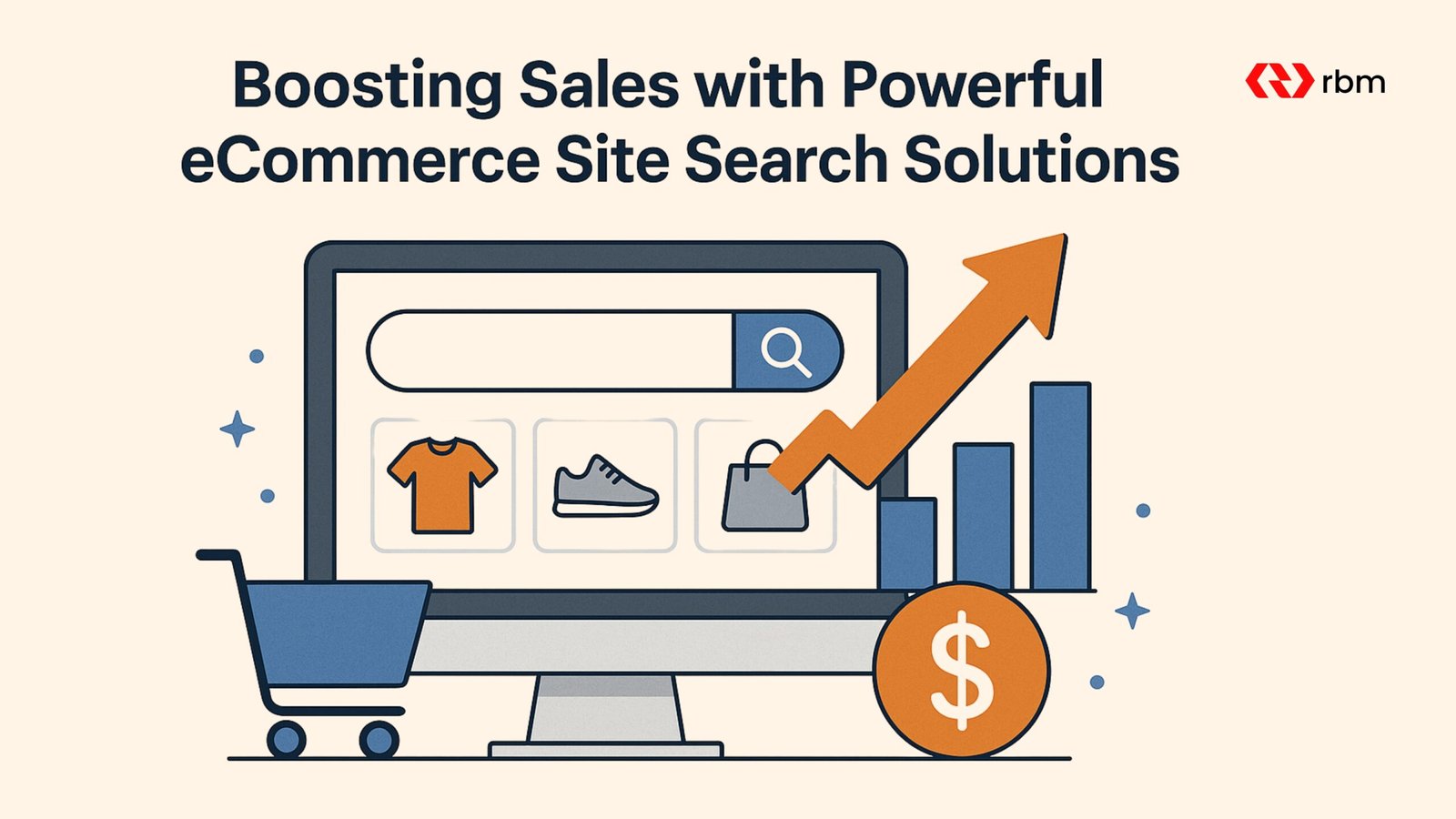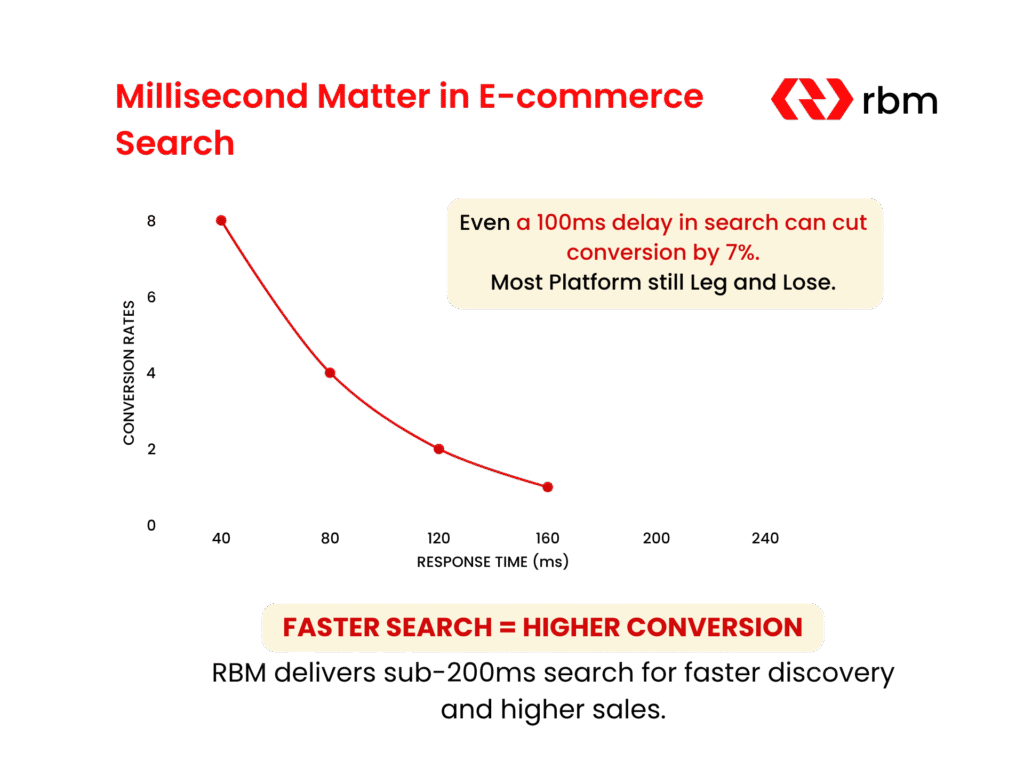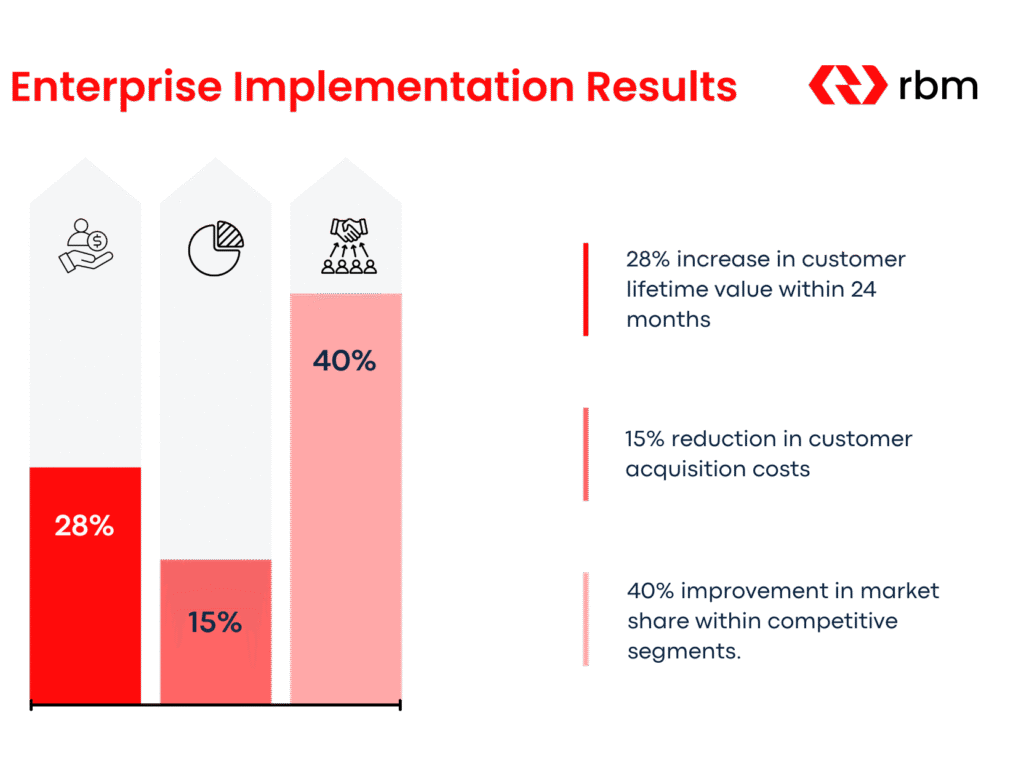Generative AI in Ecommerce : Unlock the Future of Business Success


Site search represents the highest-intent traffic on eCommerce platforms, yet 43% of retailers report significant gaps in eCommerce site search functionality that directly impact revenue performance. Leading eCommerce platforms implementing intelligent eCommerce site search capabilities achieve 35–40% improvements in customer lifetime value within 18 months, according to recent Forrester research.
This strategic brief examines how enterprise retailers transform eCommerce site search from a basic utility into a competitive advantage that drives measurable business outcomes across customer acquisition, retention, and revenue optimization.
When you look at how ecommerce site search works on big online stores, there’s a real problem. Most of these sites are losing revenue because their search features just don’t work well enough. Studies show that when companies Invest in making their search better, they actually see real results – more people buy stuff, customers stick around longer, and they do better than their competition. Once you understand where these problems are, you can figure out what’s worth spending money on to fix them.
Research from the Baymard Institute reveals that 68% of eCommerce site search implementations across major platforms suffer from significant functionality deficits, directly correlating with reduced conversion performance. Their comprehensive usability study of 60 major eCommerce site search highlighted critical gaps in site search experiences that hinder customer engagement and sales.
Search Deficiency Revenue Impact Customer Behavior
| Search Deficiency | Revenue Impact | Customer Behavior |
| Zero-result queries | 15-23% revenue loss | 67% immediate site abandonment |
| Poor relevance ranking | 18-25% conversion drop | 43% competitor comparison shopping |
| Inadequate filtering | 12-20% AOV reduction | 38% cart abandonment increase |

McKinsey analysis of 150+ enterprise retailers demonstrates quantifiable advantages for organizations implementing advanced search capabilities:
1. Customer Lifetime Value Optimization
2. Competitive Market Position
These performance improvements demonstrate consistent value creation across implementation timelines and organizational structures.
The correlation between search intelligence investment and measurable business outcomes provides clear justification for strategic prioritization of search capability enhancement initiatives.
Advanced eCommerce site search platforms function as early-warning systems for market trend identification, transforming customer queries into predictive intelligence that drives strategic decision-making. eCommerce site search data provides unfiltered insight into actual customer demand patterns before they manifest in sales data or industry reports.
Wayfair’s search intelligence team demonstrated how analyzing eCommerce site search queries predicted shifts in furniture category demand 4–6 months ahead of traditional market research, enabling proactive inventory planning and supplier negotiations that delivered $50 million in additional margin.
The predictive value emerges from analyzing eCommerce site search volume patterns, query evolution, and zero-result frequencies across customer segments. Customers start searching for products that do not even exist in certain quantities, indicating an emerging opportunity in the market. Likewise, a decline in search volume for an already established category indicates either a saturation or a shifting of preferences, which provides an early indication for strategic repositioning.
Key Strategic Applications
According to Gartner Digital Commerce research, organizations leveraging search analytics for strategic decision-making report:
An analysis of leading eCommerce platforms highlights three foundational technology capabilities—including advanced eCommerce site search—that clearly set market leaders apart from competitors.
These capabilities demonstrate consistent performance improvements across customer experience metrics and revenue generation. Organizations implementing these core features report measurable advantages in customer retention and competitive positioning.
Real-Time Inventory Integration: Eliminates out-of-stock result display that degrades customer trust. Enables dynamic pricing optimization based on availability patterns. Supports strategic inventory positioning across multiple fulfillment centers.
According to Adobe Digital Economy Index, retailers implementing comprehensive search analytics report:
| Capability | Performance Improvement | Implementation Timeline |
| Behavioral pattern analysis | 28% CLV increase | 3-6 months |
| Predictive demand modeling | 35% inventory optimization | 6-12 months |
| Competitive intelligence monitoring | 22% market share growth | 12-18 months |
Quantitative analysis of search intelligence implementations across diverse retail segments provides concrete evidence of performance improvements and return on investment. Data from enterprise case studies spanning home goods, fashion, electronics, and specialty retail demonstrates consistent patterns of revenue growth, customer retention enhancement, and competitive positioning advantages. These documented results establish benchmarks for organizations evaluating search technology investments.
Case Study: $2B Home Goods Retailer Implementation of intelligent search capabilities delivered a 28% increase in customer lifetime value within 24 months, 15% reduction in customer acquisition costs, and a 40% improvement in market share within competitive segments.

Fashion Industry Analysis Across 12 major fashion retailers implementing advanced search: Average 40% improvement in competitive segment market share, 85% customer retention during aggressive competitor pricing campaigns, and 25% premium pricing capability maintenance through superior experience delivery.
Enterprise implementations follow a predictable maturation pattern where initial tactical improvements evolve into strategic competitive advantages. Analysis of deployment timelines reveals three distinct phases of value creation, with cumulative benefits increasing exponentially as organizations progress through foundation building, intelligence integration, and sustained competitive advantage development.
Foundation Building (Months 1-6) 15-25% improvement in search conversion rates. Zero-result query elimination delivers immediate revenue recovery. Basic personalization implementation showing 12-18% AOV increases.
Intelligence Integration (Months 6-18) Advanced analytics deployment driving 300-400% ROI achievement. Predictive capabilities enabling proactive market positioning. Cross-functional intelligence integration supporting strategic planning.
Competitive Advantage (Months 18+) Proprietary data asset development creating sustainable market barriers. 70% of successful product launches are informed by search intelligence. International expansion capabilities with 40% reduced market entry risk.
Organizations should approach search intelligence implementation through a structured 90-day deployment strategy. Beginning with foundation optimization, including zero-result query resolution and synonym library development, advance to intelligence enhancement with merchandising rules and personalization capabilities, then concluding with comprehensive performance optimization and analytics integration across all product categories.
Primary Performance Indicators
Strategic Metrics
The strategic transformation of site search from operational necessity to competitive differentiator represents one of the most accessible paths to sustainable market advantage in contemporary eCommerce.
Organizations implementing comprehensive search intelligence capabilities consistently outperform competitors across customer lifetime value, market share growth, and operational efficiency metrics.
The compounding nature of ecommerce site search intelligence creates defensive market positions that become increasingly difficult for competitors to replicate over time. Each customer interaction improves system performance for all users, establishing barriers to competitive entry.
Strategic Recommendation: Organizations should prioritize search intelligence implementation as a core competitive strategy, with executive sponsorship ensuring cross-functional integration across inventory management, marketing optimization, product development, and strategic planning functions.
RBM Soft provides strategic consulting and technical implementation services for enterprise search intelligence initiatives. Our methodology combines proven frameworks from this analysis with customized solutions addressing specific organizational requirements and competitive positioning objectives.
We invite organizations to engage with our enterprise advisory team for strategic assessment of current search capabilities and development of tailored implementation roadmaps that drive measurable competitive advantage.